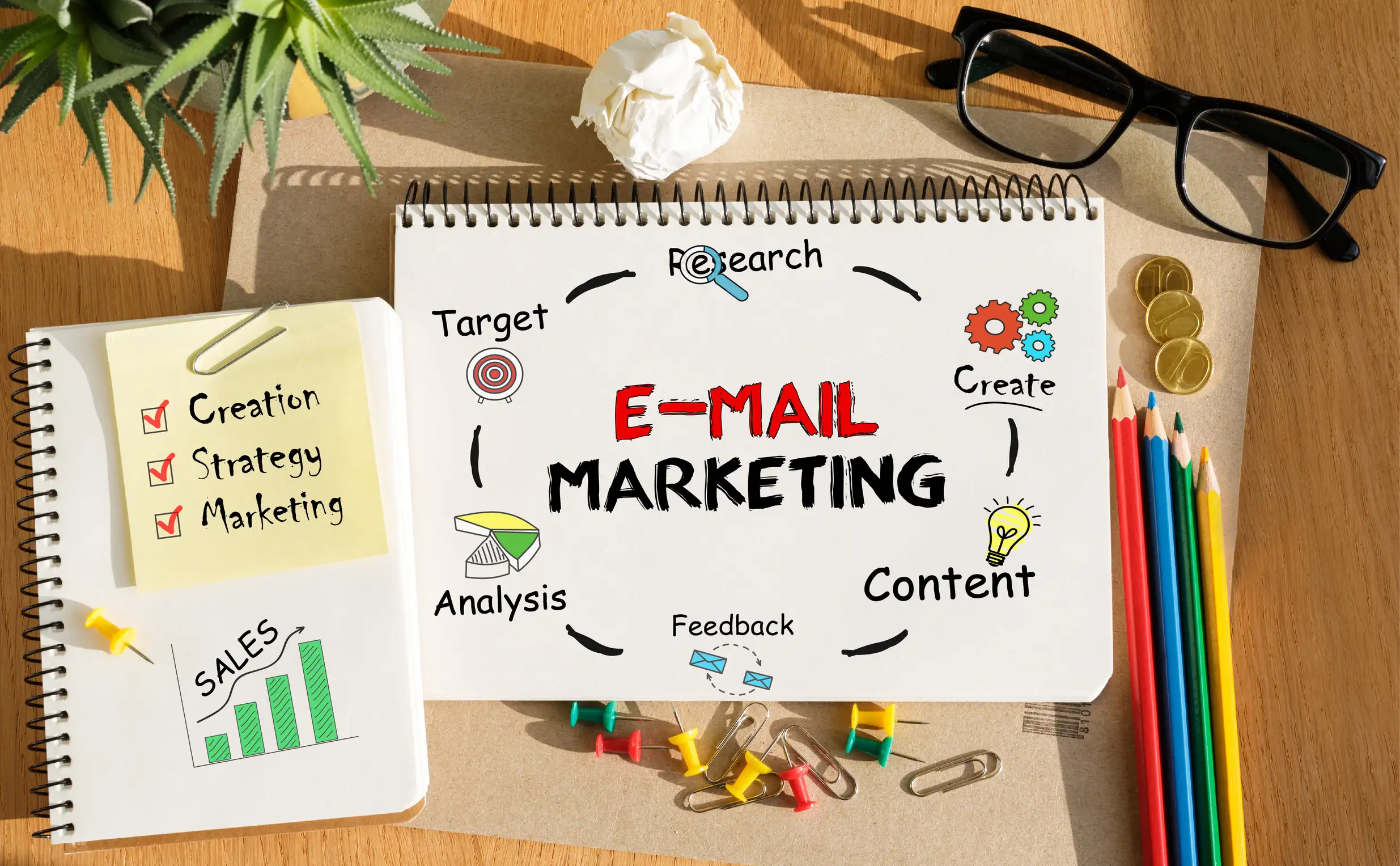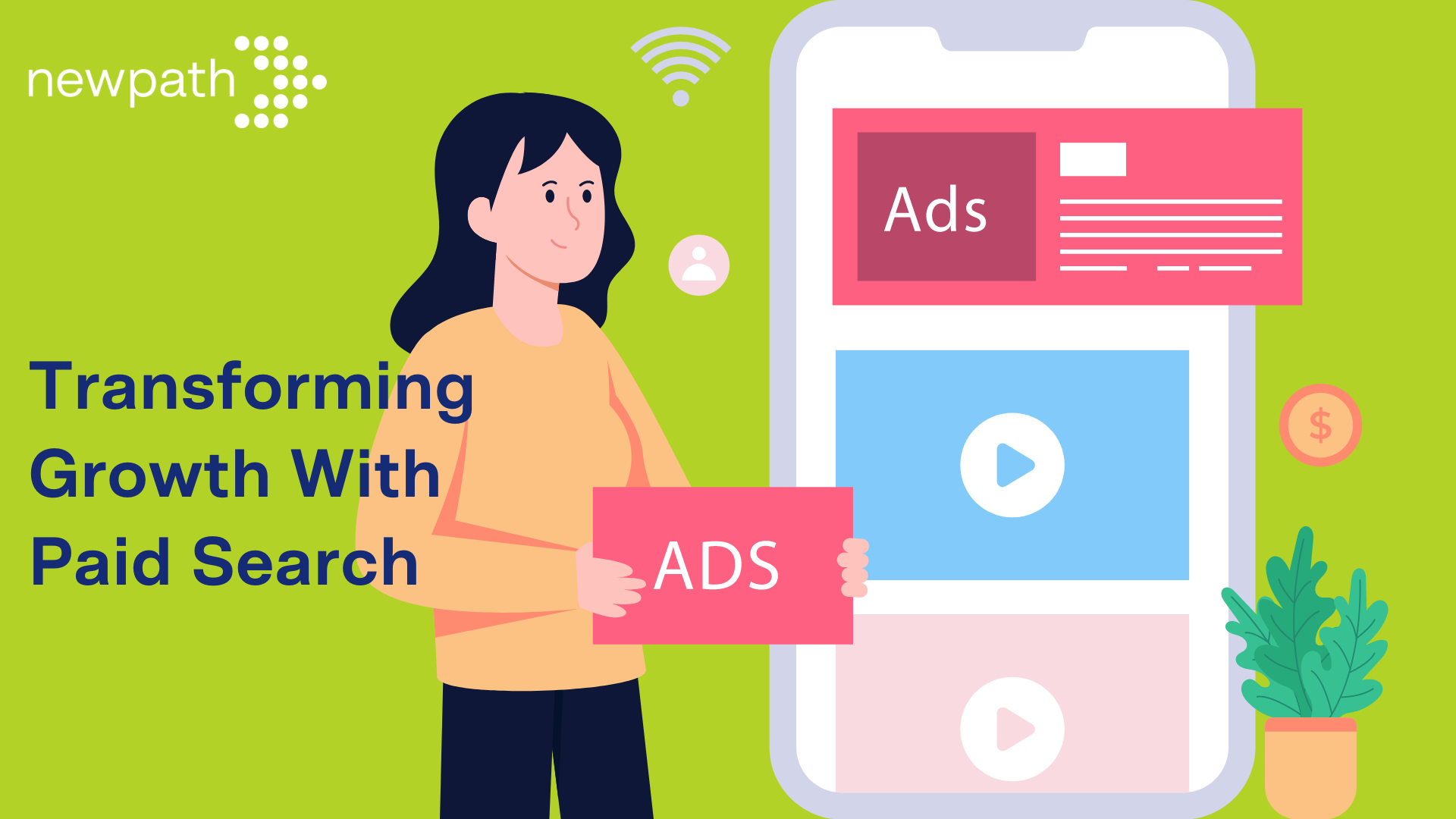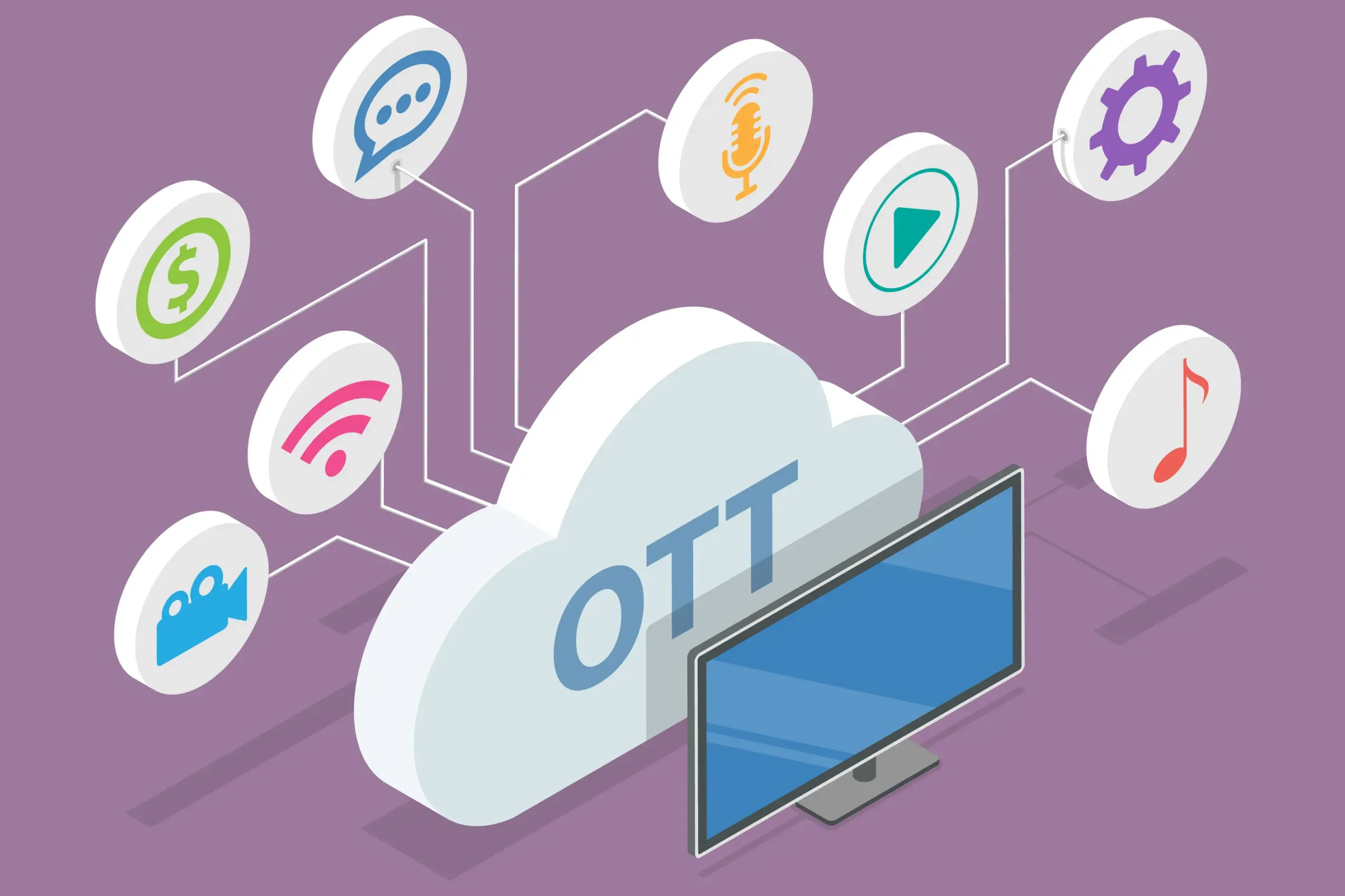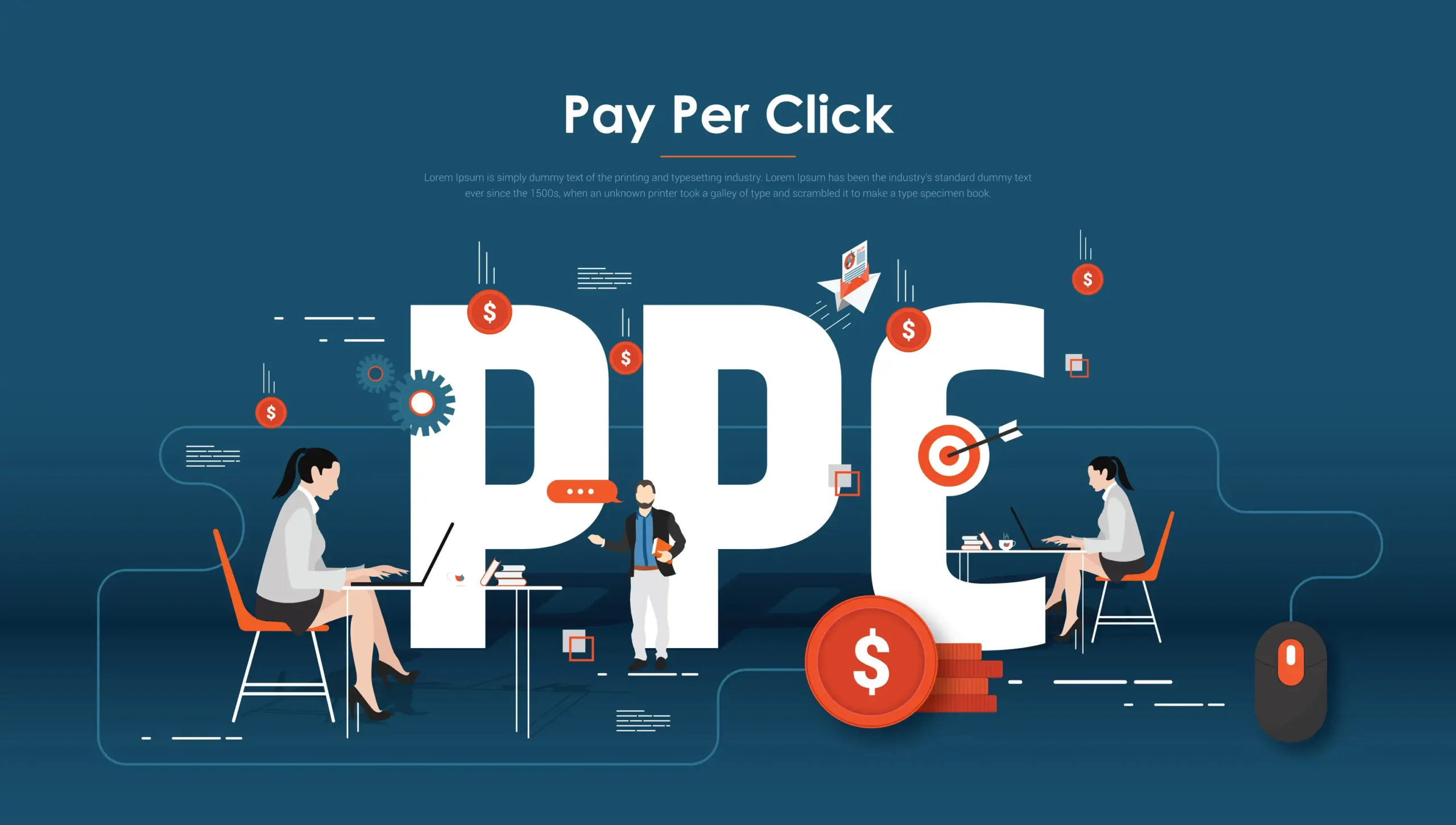Welcome to the bustling world of digital media buying—a landscape where ads aren’t just pixels on a screen but strategic gateways to your audience’s hearts and minds. If you’re stepping into the realm of online advertising for the first time, buckle up for an exciting ride.
In this beginner’s guide, we’ll demystify the art of digital media buying, breaking down the jargon, unraveling the strategies, and revealing the secrets to making your brand shine in the digital cosmos. So, whether you’re a business owner, a marketer, or just someone curious about the magic behind those targeted ads, let’s embark on this journey together.
What is media buying in digital marketing?
Digital media buying is the process of purchasing digital advertising. This includes buying ad space or inventory from publishers or ad networks. The goal is to display ads to a specific target audience online through various digital channels such as search engines, social media platforms, streaming video providers (OTT), and websites to reach potential customers.
In essence, media buying is the art of purchasing advertising space and time on various online platforms to maximize the visibility of your brand or product.
Think of it as carefully selecting prime real estate for your digital billboards. From display ads on websites to sponsored posts on social media, media buying is all about finding the sweet spots where your target audience hangs out and making sure your brand is there, front and center.
It’s not just about spending; it’s about investing wisely to ensure your message reaches the right eyes at the right time. In the bustling marketplace of the internet, media buying is your strategic navigation through the aisles of digital opportunities.
Having grasped the meaning of digital media purchasing, what next? Here’s a quick guide to help you understand the fundamentals of digital media buying.
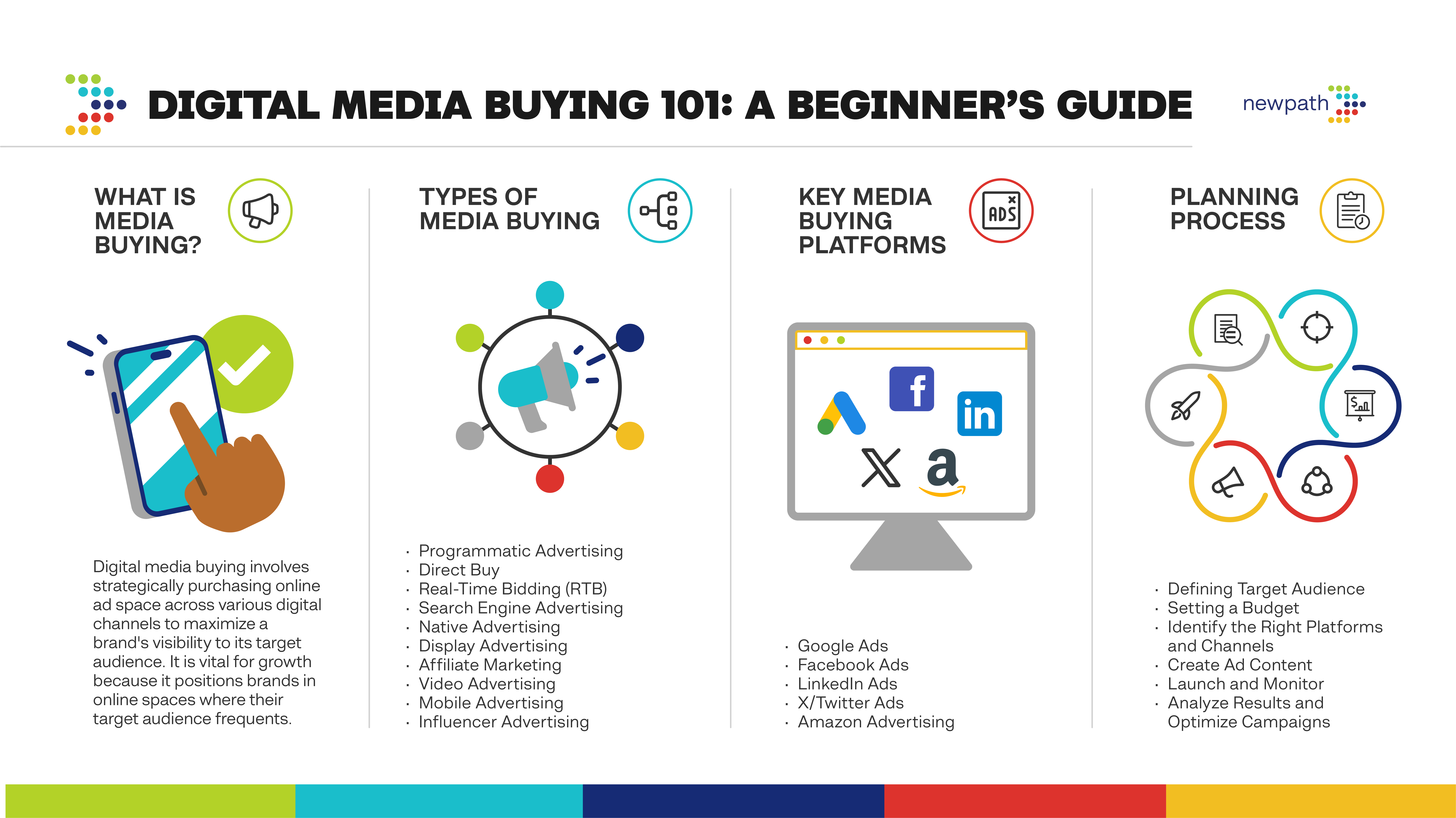
Digital Media Buying is Essential for Business Growth
Adopting digital media buying is essential for business expansion in the dynamic field of digital marketing. It’s similar to getting a front row seat in the crowded field of online customer attention. Digital media buying enables companies to display their brand messages where their target audience is most likely to be found—on social media, on well-known websites, or in search engine results.
Digital media buying provides a cost-effective and targeted way to reach potential customers, with the ability to measure and optimize campaigns. This is essential for growing businesses for several reasons, including:
Reach a Wider Audience
Digital media buying stands as a cornerstone for business growth in today’s digital age, offering a vital pathway to reach a wider audience. In a world where online presence is paramount, strategically investing in digital media buying becomes indispensable for businesses looking to expand their reach.
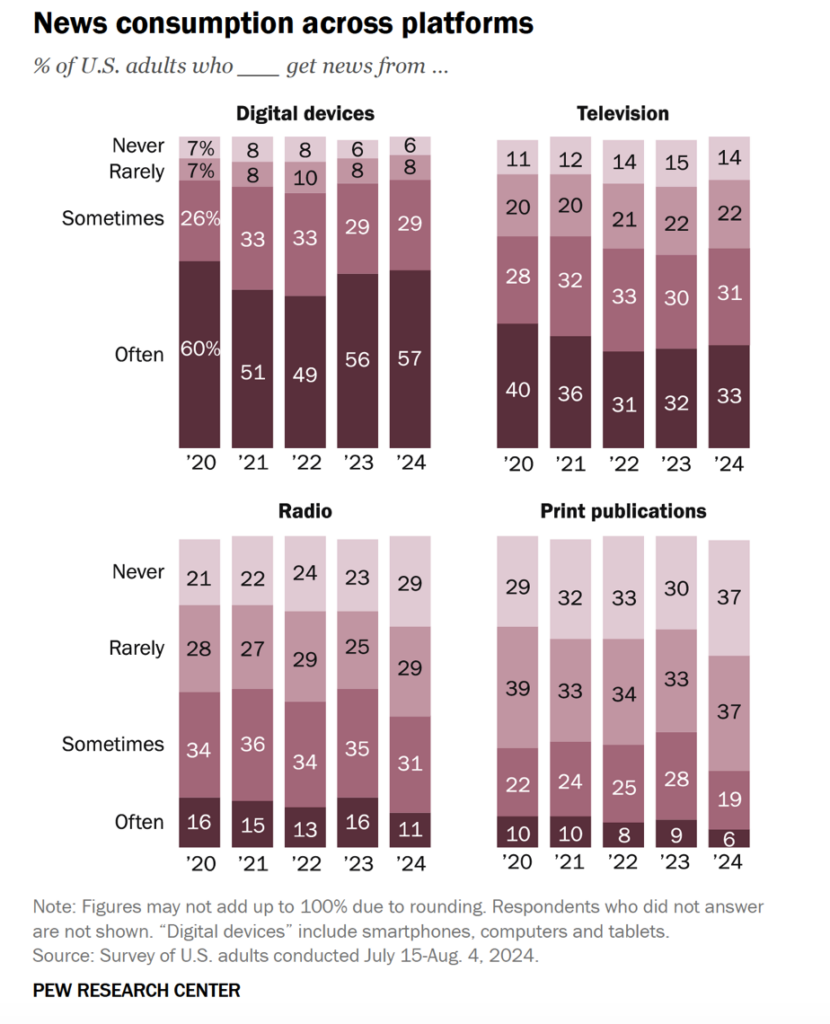
Target Specific Audience
Digital media buying allows businesses to target specific audiences with surgical precision, ensuring that their message reaches those who matter most. Whether it’s through targeted social media ads, strategically placed banners, or engaging sponsored content, this approach enables businesses to tailor their outreach, optimizing their advertising spend for maximum impact.
Cost-Effective
Digital media is generally more cost effective than traditional advertising methods such as print or TV advertising. Digital advertising platforms offer a range of budget options, from pay-per-click (PPC) to cost-per-mile (CPM), which means that businesses can choose the most suitable advertising model for their budget.
Real-Time Monitoring
Beyond the traditional avenues, businesses thrive by strategically acquiring digital ad space where their audience engages the most. What makes it indispensable is the power of real-time monitoring. In the fast-paced digital realm, having your finger on the pulse of campaign performance is everything. Digital media buying allows businesses not only to secure prime online real estate but also to adapt and optimize in real-time.
Measurable Results
Digital media provides measurable results that can be analyzed and used to improve future campaigns. Advertisers can track impressions, clicks, and conversions to measure the effectiveness of their campaigns and make data-driven decisions.
Types of Digital Media Buying
Digital media buying encompasses various strategies and approaches to effectively acquire advertising space online. Here are some common types of digital media buying:
Programmatic Advertising
Involves using automated systems and algorithms to purchase ad space in real-time auctions. This method allows for precise targeting based on user data and behavior.
Direct Buy
Involves negotiating and purchasing ad space directly from publishers. This method is often used for premium placements and can provide more control over ad positioning.
Real-Time Bidding (RTB)
Similar to programmatic advertising, RTB involves bidding on ad impressions in real-time auctions. Advertisers bid on each impression individually, and the highest bidder’s ad is displayed.
Social Media Advertising
Involves purchasing ad space on popular social media platforms such as Facebook, Instagram, Twitter, and LinkedIn. Advertisers can target specific demographics and interests.
Search Engine Advertising
Involves placing ads on search engine result pages, typically through platforms like Google Ads. Advertisers bid on keywords to have their ads displayed when users search for specific terms.
Native Advertising
Integrates ads seamlessly into the content of the platform, matching the look and feel of the surrounding content. Native ads are designed to appear less intrusive and more engaging.
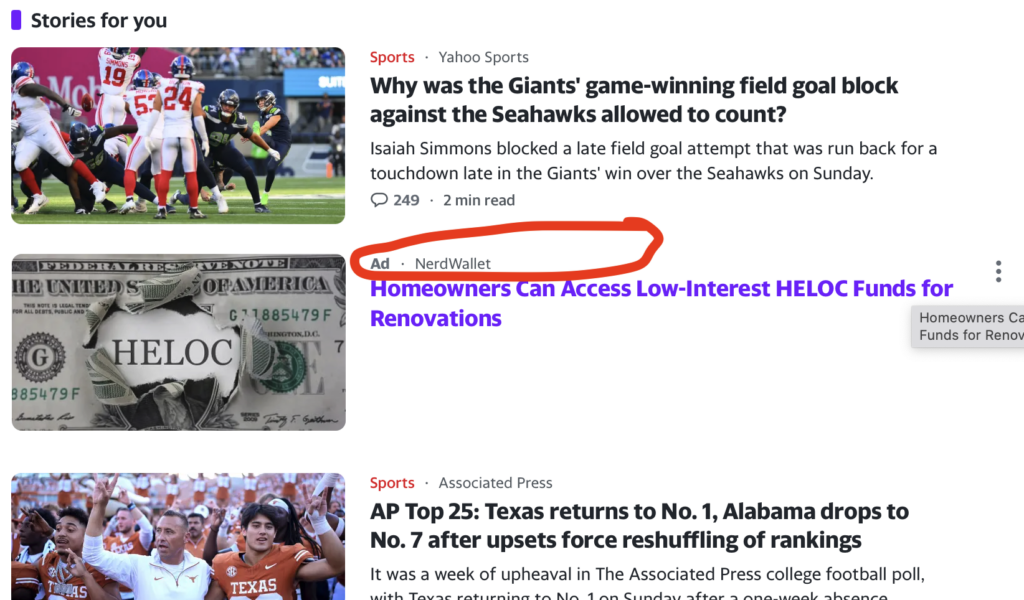
Display Advertising
Involves creating visual banner ads that are displayed on websites. Advertisers can target specific websites or use ad networks to reach a broader audience.
Affiliate Marketing
Involves partnering with affiliates who promote a product or service on their platforms. Advertisers pay a commission for each sale or lead generated through the affiliate’s efforts.
Video Advertising
Utilizes video content for advertising purposes, often displayed on platforms like YouTube. Video ads can be skippable or non-skippable and are effective for engaging audiences visually.
Mobile Advertising
Targets users on mobile devices through various formats, including in-app ads, mobile web banners, and location-based advertising.
Influencer Advertising
Influencer advertising involves partnering with social media influencers to promote a product or service to their followers. This type of advertising can be particularly effective in reaching specific niche audiences.
Key Media buying platforms
There are several key digital media buying platforms that businesses often leverage to reach their target audience effectively. The choice of platforms depends on the nature of the business, target audience, and campaign goals. Here are some prominent media buying platforms:
Google Ads
Google Ads is one of the most popular digital advertising platforms, offering various ad formats across its extensive network, including search, display, video, and mobile advertising. It allows advertisers to target users based on keywords, demographics, interests, and more.
Facebook Ads
Facebook Ads provides a robust advertising platform across Facebook, Instagram, WhatsApp, and other affiliated platforms. Advertisers can target users based on demographics, interests, behaviors, and custom audience segments. The platform supports various ad formats, including image ads, video ads, and carousel ads.

LinkedIn Ads
LinkedIn is a leading platform for professional networking, and LinkedIn Ads allows advertisers to target a business-focused audience. Advertisers can create sponsored content, sponsored InMail, display ads, and dynamic ads to reach professionals based on job titles, industries, and company sizes.
Twitter Ads
Twitter Ads enables advertisers to promote tweets, accounts, and trends to a wide audience. Targeting options include demographics, interests, and keywords. Twitter’s ad platform is suitable for both brand awareness and engagement campaigns.
Amazon Advertising
Amazon Advertising is a powerful platform for businesses looking to promote products on the e-commerce giant. With options like Sponsored Products, Sponsored Brands, and Sponsored Display, advertisers can target users based on search queries, product interests, and shopping behavior.
Digital Ad buying vs Social media buying
Digital ad buying and social media buying are both essential components of online advertising, but they differ in their scope and focus. Digital ad buying encompasses a broader spectrum, including various online channels such as display networks, search engines, and websites. It involves purchasing ad space across the internet to reach a diverse audience.
On the other hand, social media buying specifically refers to the process of acquiring advertising space on social media platforms like Facebook, Instagram, Twitter, and LinkedIn. Social media buying allows advertisers to leverage the unique user data and engagement opportunities offered by these platforms to create targeted and interactive ad campaigns.
While digital ad buying provides a more extensive reach across the internet, social media buying emphasizes engaging with audiences within the social media ecosystem, utilizing features like detailed targeting and social interactions to enhance brand visibility and connect with users in a more personalized manner.
Ultimately, the choice between digital ad buying and social media buying process depends on the campaign objectives, target audience, and the nature of the content being promoted.
Digital Media Buying and Media Planning Process
If you are wondering how to start media buying? Here is a multi-step Digital media buying and planning process:
Defining Target Audience
The first step in digital media buying is to define your target audience based on demographics, psychographics, and behavior. This will help you determine which digital channels to use and which ad formats to choose.
Setting a Budget
Determine your ad spend (how much you can spend on) digital media, taking into account the cost of advertising on different platforms and the length of your advertising campaign.
Identify the Right Platforms and Channels
Choose the digital platforms and channels that are most suitable for your target audience, such as search engines, social media platforms, or websites.
Create Ad Content
Develop ad content that is engaging, informative, and relevant to your target audience. This can include text, images, or videos, depending on the ad format you choose.
Launch and Monitor Campaigns
Launch your advertising campaigns on the chosen digital platforms and channels, and monitor their performance in real-time. This can include tracking metrics such as click-through rates, impressions, and conversions.
Analyze Results and Optimize Campaigns
Analyze campaign results and use the data to optimize campaigns for better performance. This can include adjusting your target audience, ad content, landing pages, or bidding strategy.
Digital Media Buying at New Path
Digital media buying at New Path begins with the pathfinder™ model to reveal your target audience preferences and visualize their path to purchase. After a thorough review of your brand assets, internal processes, and technology resources we identify gaps that need to be addressed in order to meet your buyer’s needs.
The output of New Path’s pathfinder™ process is a thoroughly integrated digital marketing plan that includes measurable KPIs for each of your goals. New Path couples the insights and strategic focus of pathfinder™ with the latest automated technology to provide the greatest value for our clients on their path towards digital maturity.
What to Expect from a Digital Media Buyer
New Path’s integrated approach to strategy is what sets us apart from a typical media buying agency. We believe strongly in the value of investing resources towards data-driven research from the start – not only in demographics but also psychographics of your target audience.
Media buyers at New Path are not only experts in digital marketing, but also team players who can effectively communicate with your entire team, breaking down the digital world into understandable terms. We use critical problem-solving skills to react to any changes in the market that may point to a subtle change in strategy for stronger results.
New path media buyers will also be able to predict the potential cost of a successful ad campaign, help you set your budget and grow your conversion rate while decreasing your cost per conversion.
And remember, to be successful, your brand must stand out from others. Your New Path media buyer will help you understand your competitor’s presence in the digital space and what you can do to elevate the positioning of your product.
Your campaign will be tracked continuously, with up-to-date metrics available to you through a customized dashboard. We will make sure your campaign stays focused on relevant metrics, metrics that impact your bottom line, and ignore trendy metrics that may be more distracting than valuable to your business.
Contact New Path to get started on a customized digital media plan to help your business grow!







